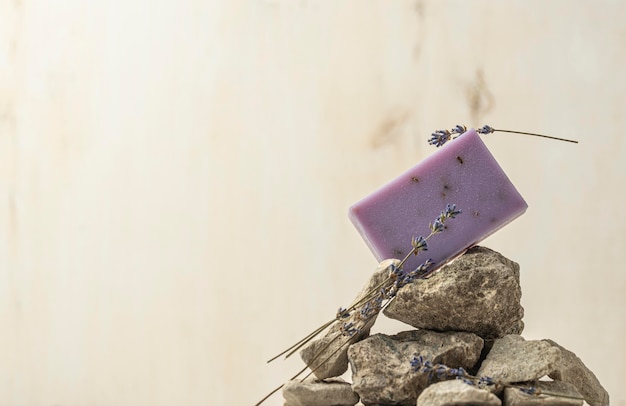
One day, I was adding a colored layer with French Green clay to my husband’s spiced soap and forgot to include the essential oils. Without the oils, the soap wouldn’t have that “spice” so I had to mix them into the already colored layer. Six weeks later, my husband came out of the shower and asked what I had changed; he said the soap felt incredibly silky!
Like many home soap makers, I love experimenting. I often find myself wondering, “Can I put this in soap?” With a variety of healing clays in my pantry, it felt natural to start using them not just for color but for their beneficial qualities.
I first experimented by adding clay to my homemade shaving soap. The clay provides the slipperiness needed for a smooth shave. Another favorite is my charcoal and clay facial soap. What began as a trial for body soap turned into one of my top picks for facial use.
Curious to enjoy the same silky feeling, I added clay to my personal body bar and ended up with a delightful soap that has a great lather and leaves my skin soft. It’s also perfect for shaving my legs and gentle enough for my face.
Healing clays are a fantastic addition to a healthy lifestyle. I use clay for washing my hair, detoxing my bath water, and I’ve even consumed it to help with morning sickness.
Several types of healing clays are great for soap making. If you’re new to making soap, you should familiarize yourself with the process. Creating your own soap isn’t hard, but knowing some basics will make it easier and safer.
Clay is simple to use and generally added at a rate of 2 teaspoons per pound of soaping oils. One of my recipes uses 32 oz of oils, requiring 4 teaspoons of clay. The easiest way to incorporate clay into your soap is to mix it into the warm oils before adding the lye/water mixture. Once the oils are melted, add the clay and blend with a stick blender until fully mixed. This ensures the clay is distributed evenly.
If you plan to color only part of the soap or create a swirl, you’ll need a few extra steps. I use a dedicated set of tools for soap-making. Keeping them separate isn’t required but helps avoid any food contamination issues.
This recipe has a 5% superfat and makes 3 pounds of soap, measured by weight. After use, rinse jars and any equipment with lye or soap batter thoroughly under running water. I’ve cleaned the tools in two ways: by washing in a hot soapy water sink with vinegar or using the dishwasher after rinsing.
Have you ever tried clay soap? Thinking of making some yourself?

